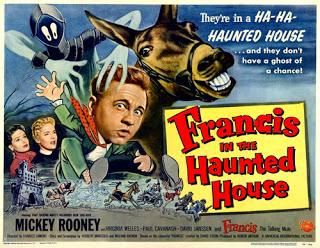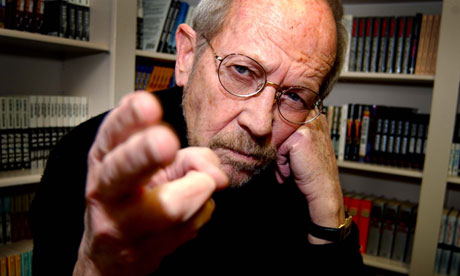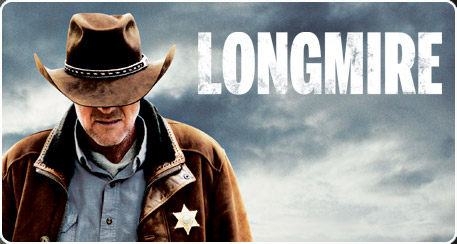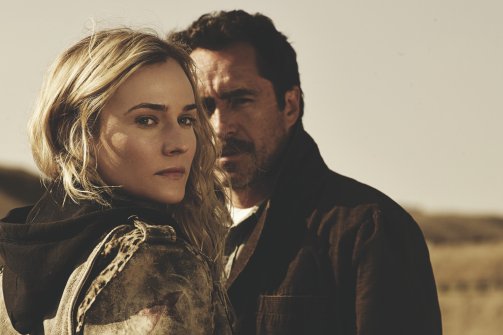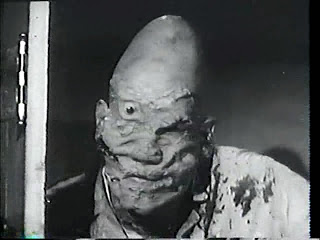Edgar Wright, who might someday be known as the director of “Ant-Man,” has over the past decade given movie fans often-funny, often-touching glimpses into the lives of a few misfits and outcasts in the UK, from the dead-end zombie fighters of “Shaun of the Dead” to the small-town coppers of “Hot Fuzz.”
Now comes Wright’s “The World’s End,” which seems to cap this summer’s moviegoing (and end of the world-depicting) experience.
What Wright jokingly refers to as the third film in his “Cornetto” trilogy – named after a popular ice cream treat that shows up in all three movies, yes that’s how offbeat Wright’s humor is – is actually two movies in one: A “growing up is hard to do” reunion of old chums movie and an end-of-the-world comic thriller.
Needless to say, spoilers ahead if you haven’t seen the movie, which opened wide yesterday.
Two of Wright’s regular collaborators, Simon Pegg (Shaun as well as Scotty from “Star Trek”) and Nick Frost are among a group of friends who get together more than two decades after one of the most awesome but frustratingly incomplete nights of their lives: In 1990, before they went their separate ways and left their hometown of Newton Haven, they attempted an epic pub crawl that entailed drinking a pint at each of 12 pubs.
In fact, Pegg’s character, Gary King, only gets his four friends to join him by lying to them that the others have already agreed to meet to try to complete their challenge. That’s not enough for some, notably Andy (Frost’s character), who not only stopped drinking but holds Gary in contempt for his actions (only gradually revealed) that night. Andy comes along only after Gary tells him he needs the flashback to recover from the recent death of his mother.
Nevertheless, Pegg and cohorts played by Frost, Martin Freeman, Eddie Marsan and Paddy Considine return to Newton Haven and attempt the feat. Along the way, they run into Rosamund Pike as Freeman’s sister, who hooked up with Gary that night long ago.
The quest begins with a couple of disappointments for the hilariously self-centered Gary – played with gusto by Pegg – in that Andy no longer drinks and no one in their old town seems to remember them.
Those anomalies are resolved, however, when at one stop King impetuously confronts one of the townspeople and the fivesome is shocked to discover many of the residents of Newton Haven have been replaced by robots.
The rest of the movie plays out in a comic rush as the group of friends tries to get away without being absorbed and assimilated by the robots and their alien overlords – even while Gary, increasingly drunk, determined and frustrated, tries to complete the pub crawl.
Parts of “The World’s End” are laugh-out-loud funny and parts are poignant. There are some bizarre shock value special effects and a funny final encounter with the invaders who’ve turned Newton Haven into a bland lab experiment.
Driven by Pegg’s bravura performance and the propulsive “must get to the next pub” plot, “The World’s End” is a fun capper to Wright’s Brit-rich series of comedies.
Random observations:
Wright likes casting former James Bond actors in his movies. Timothy Dalton was in “Hot Fuzz,” while Pierce Brosnan is on hand here. I’m looking forward to Connery, Moore or Lazenby in “Ant-Man.”
The director gives us “call backs” to favorite moments in the earlier films, but none more obvious and beloved – it’s even in the commercials – than Pegg attempting to jump a fence.
It’s been a big summer for the end of the world, from “World War Z” to “This is the End” to this. It’s odd that the two more humor-inclined movies seemed to work best.
End of the world or not, “The World’s End” owes as much to “Invasion of the Body Snatchers” as to any other story.
Here’s a big spoiler alert, for discussion of the ending:
I was startled by it. When the little village of Newton Haven melts down thanks to the alien invaders and an electromagnetic pulse shoots out, the lights go out everywhere. I mean, around the globe. The final montage of scenes, narrated by Frost’s character, depicts the disparate members of the group living out their lives in the post-apocalypse. Most appropriately, Pegg’s Gary King is a wayfaring adventurer, moving across the wasteland as the now-teetotalling leader of a group of robotic duplicates of his friends’ younger selves. It feels like a climax that teases a sequel or spin-off film, but it’s really all we need to see to enjoy that premise.






